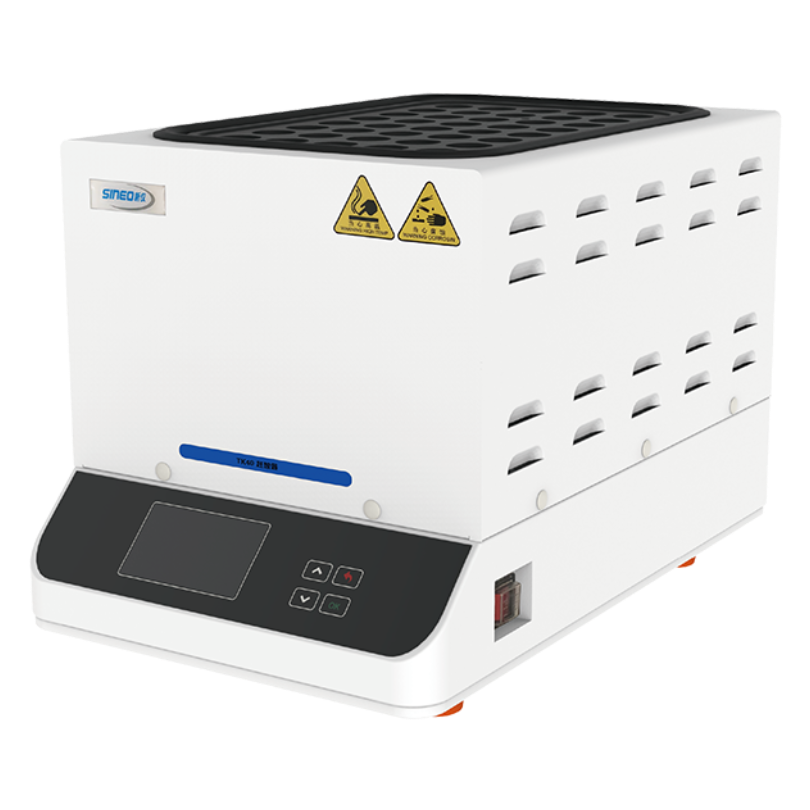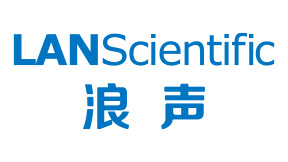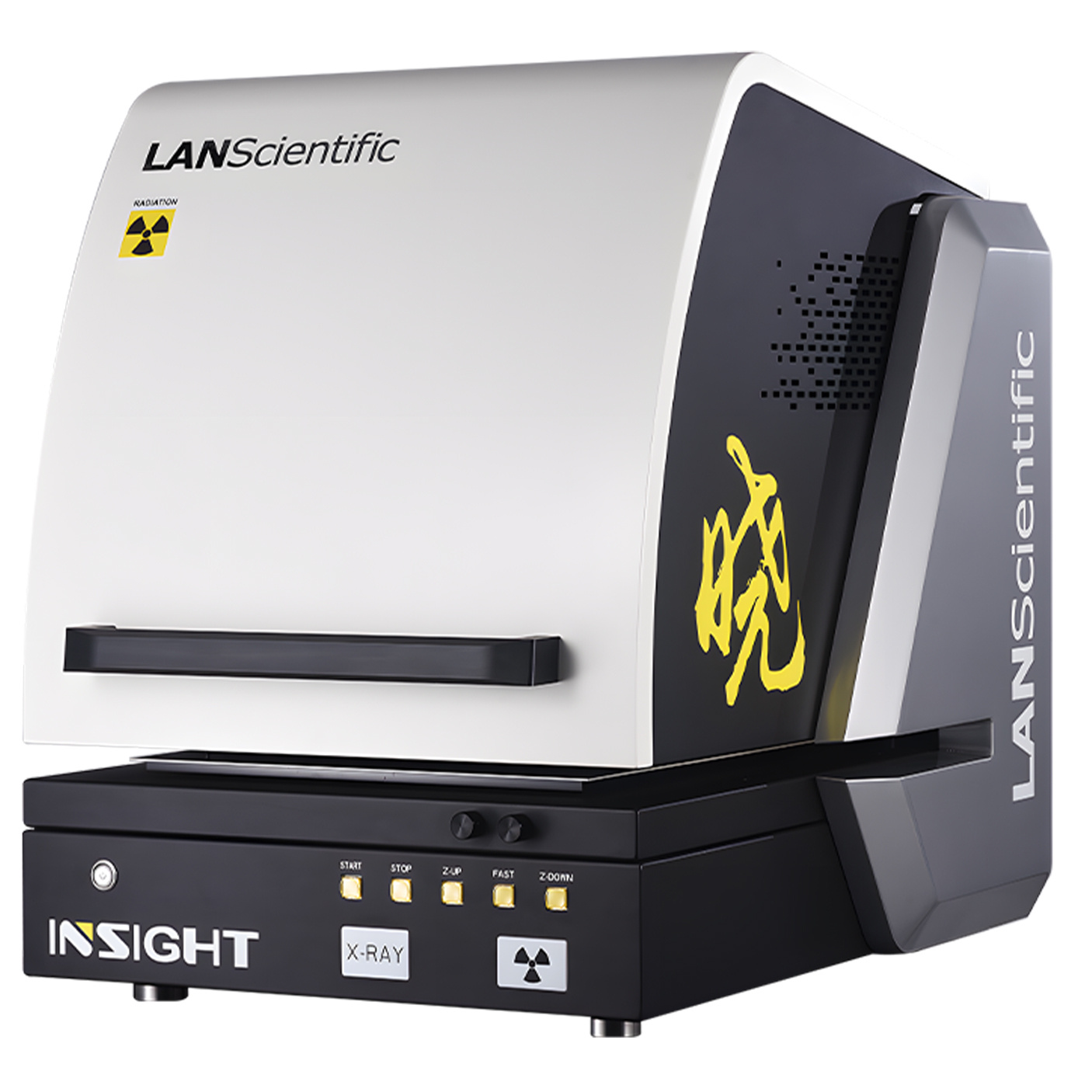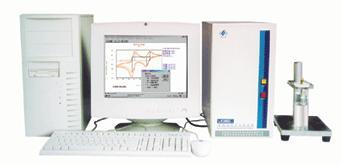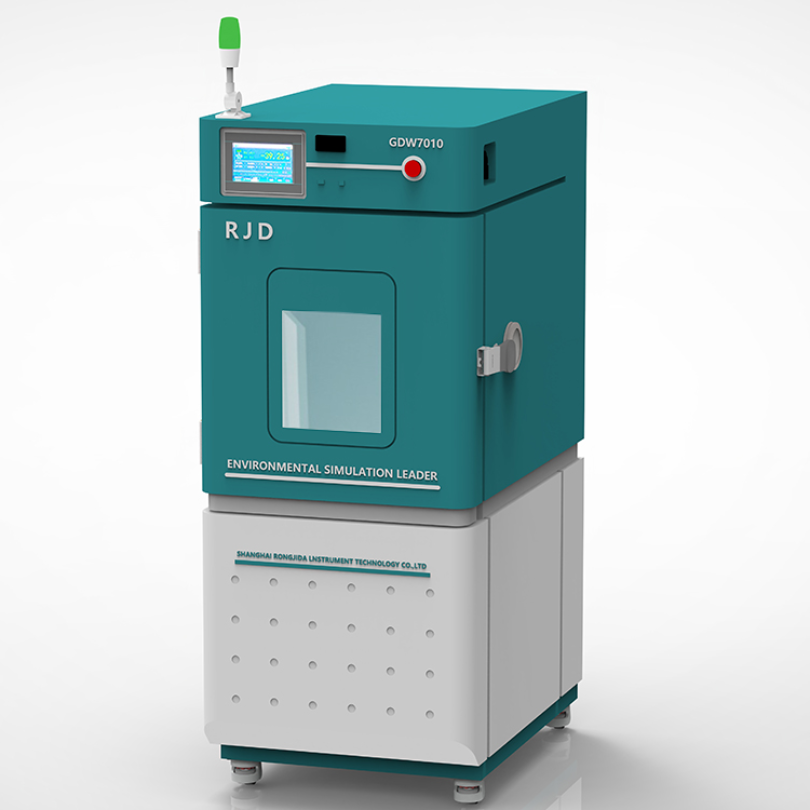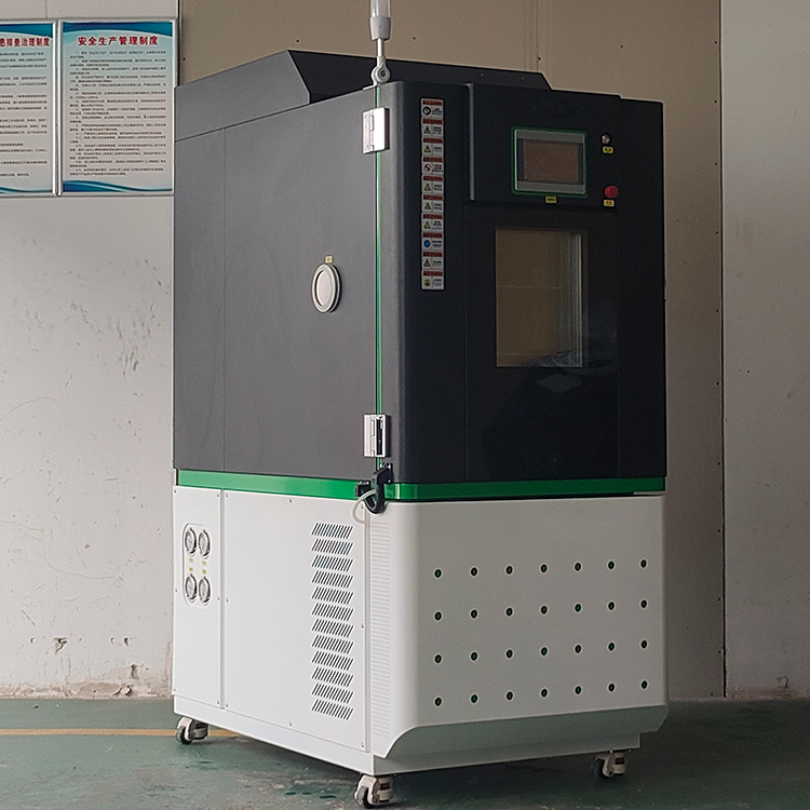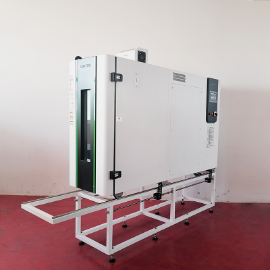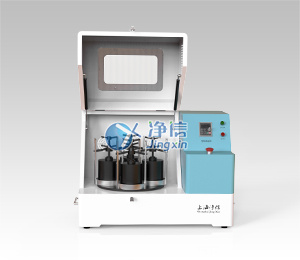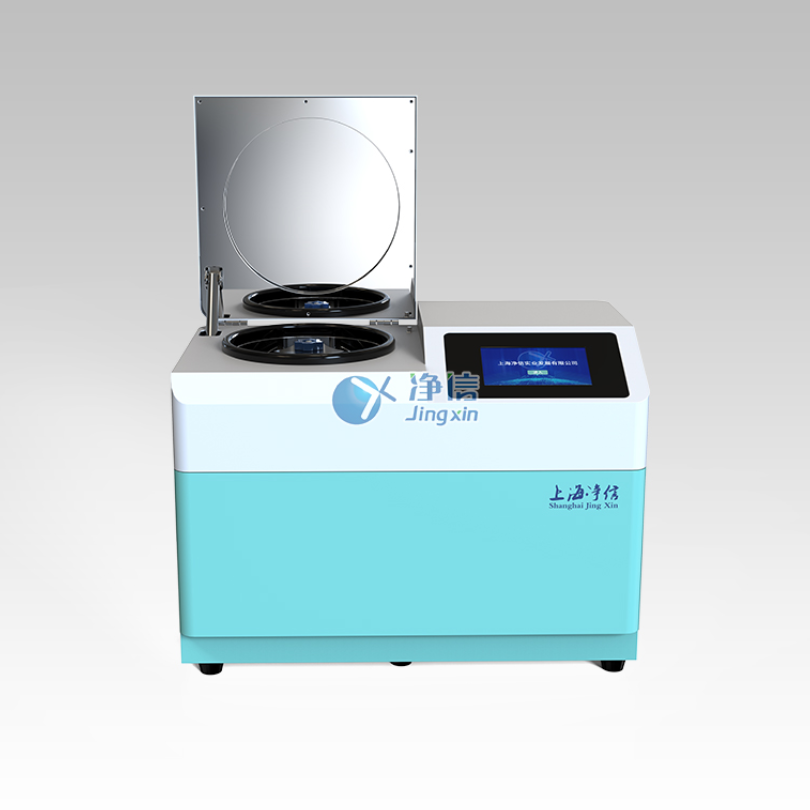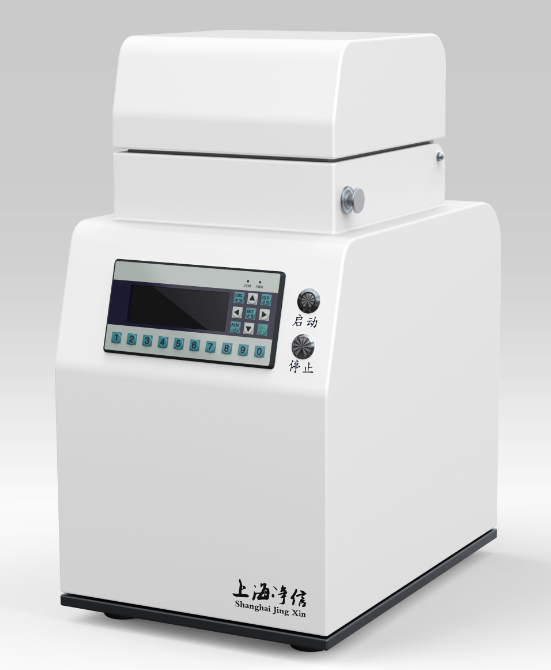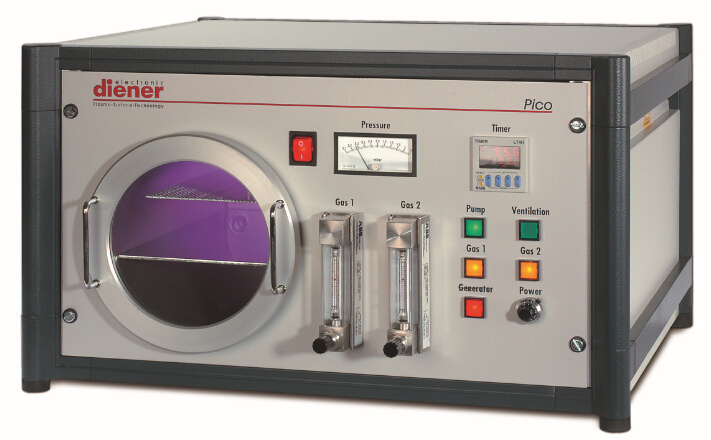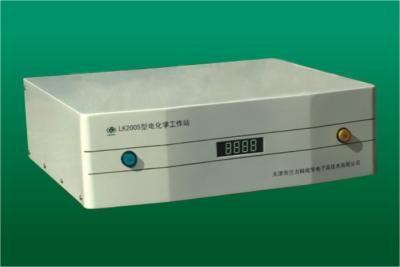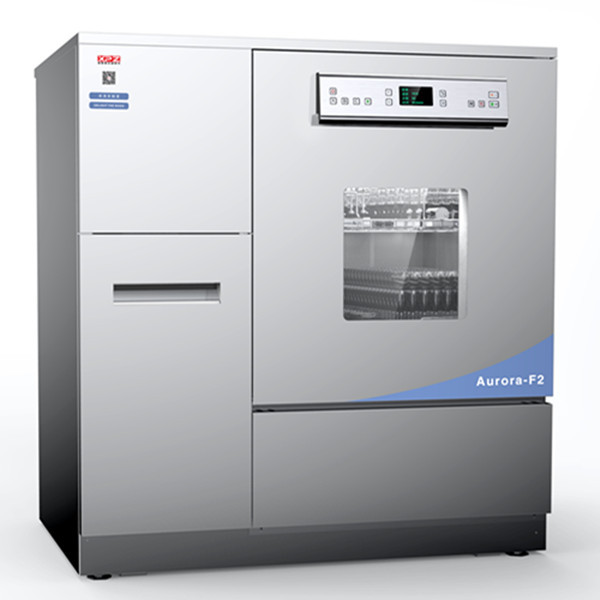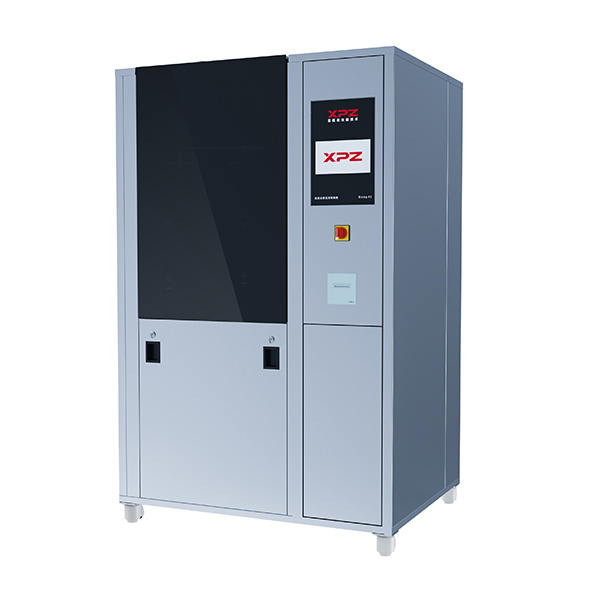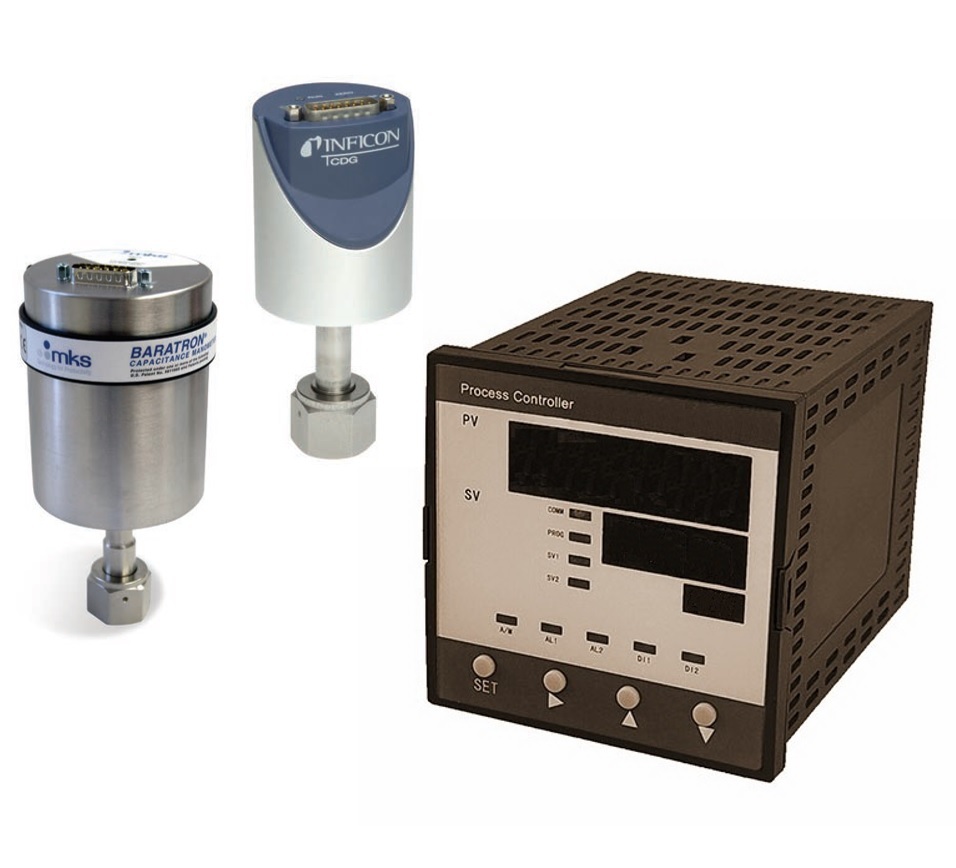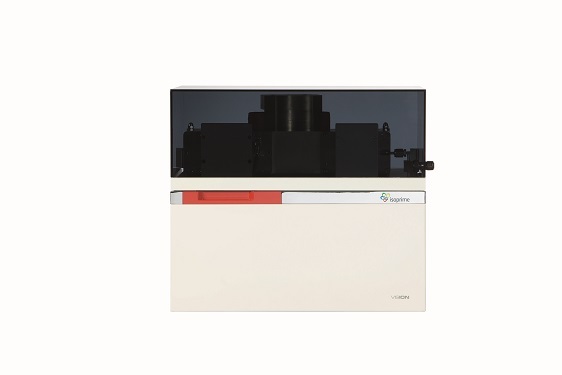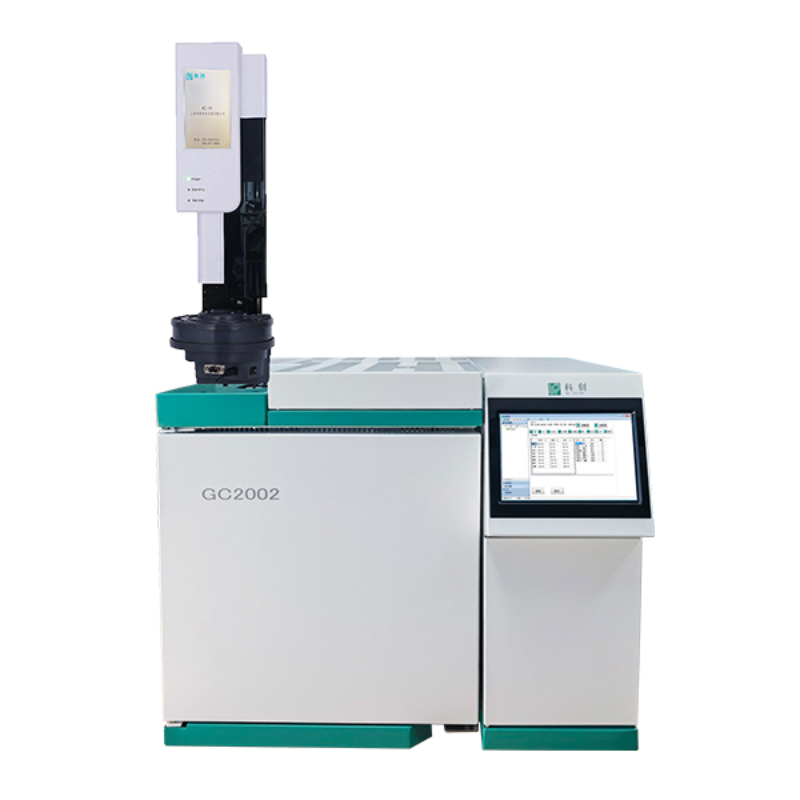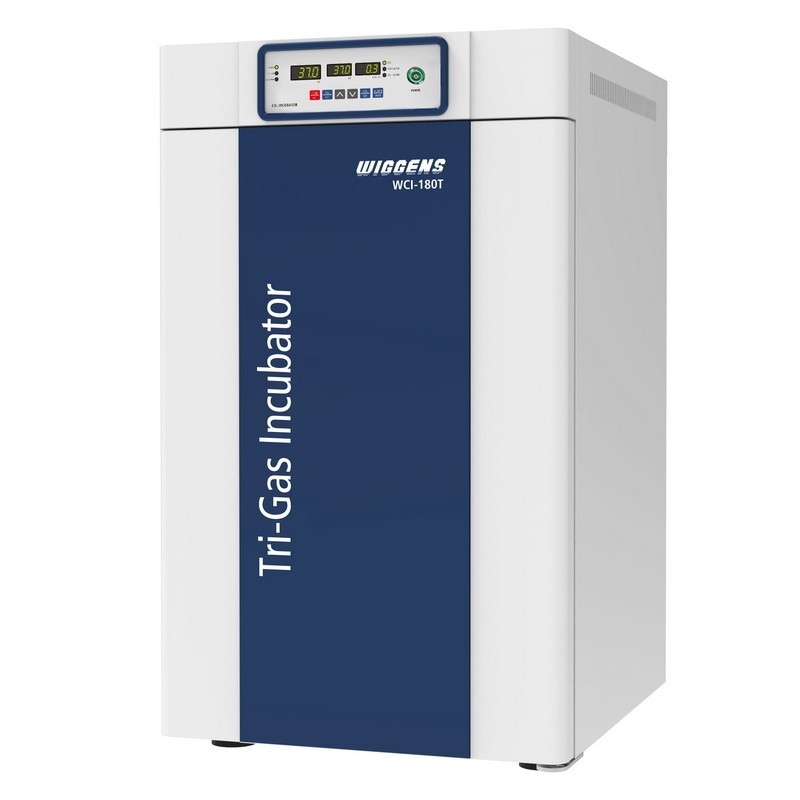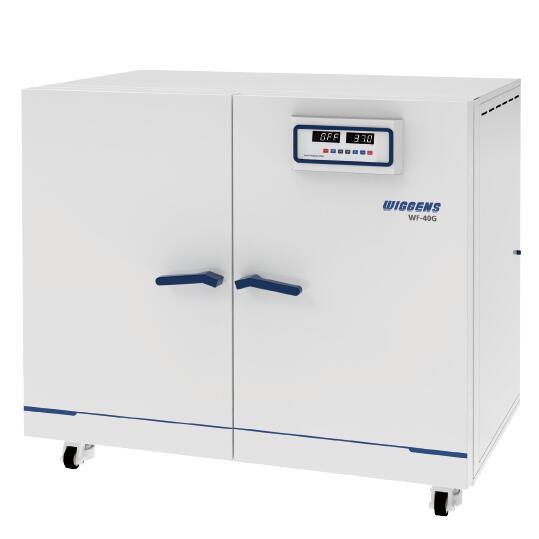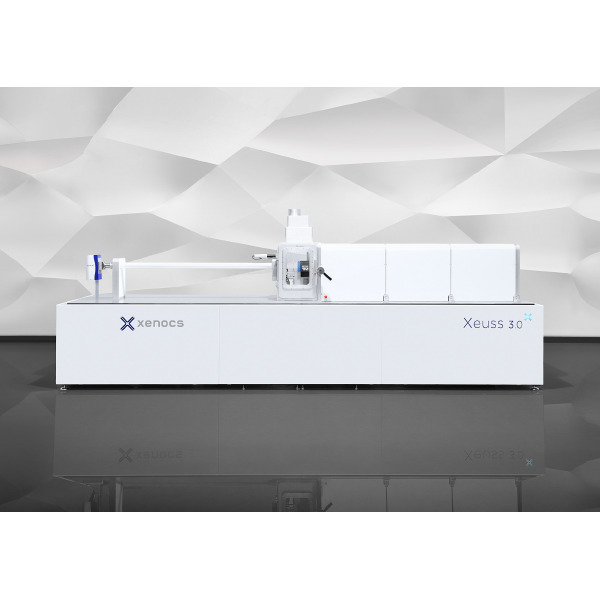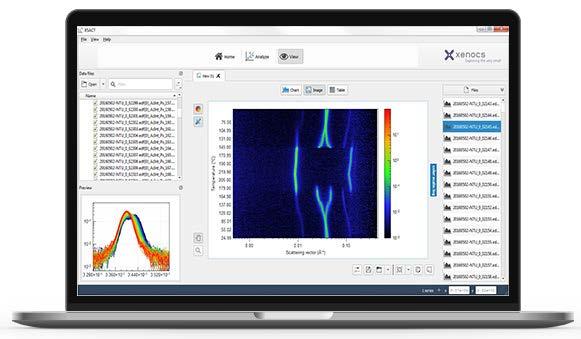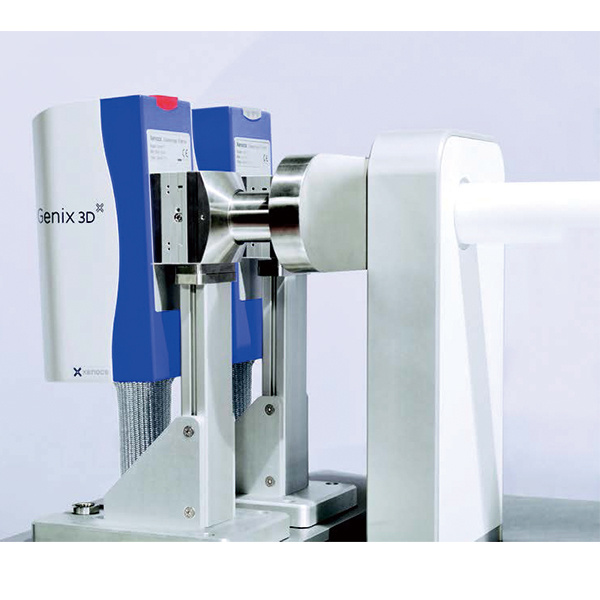软骨素中铅含量检测方案(微波消解仪)
软骨素分子量一般为2-5万,白色粉末,具有较强吸水性、易溶于水并成为粘稠溶液,不溶于乙醇、乙醚、丙酮等有机溶剂。其化学组成是D-葡萄糖醛酸和乙酰氨基已糖(葡萄糖和半乳糖)通过1,3-b--苷键相连结的高聚物。用途:硫酸软骨素,是一种酸性粘多糖,为临床较常用的药物,用于某些神经性头痛、神经痛、关节痛、偏头痛、动脉硬化症等;也可用于链霉素引起的听觉障碍及肝炎等的辅助治。为了检测软骨素中的铅元素含量,我们选择微波消解对其进行前处理,后续采用石墨炉原子吸收光谱法检测其中的铅含量。
检测样品:
其他
检测项:
其他
上海新仪微波化学科技有限公司
查看联系电话
前往展位
「天研」ATP生物荧光快速检测仪技术参数
ATP生物荧光快速检测仪该设备为全新升级产品,大屏幕触摸显示屏,代替传统按键。操作采用生物化学反应方法检测ATP含量,ATP荧光检测仪基于萤火虫发光原理,利用“荧光素酶—荧光素体系”快速检测三磷酸腺苷(ATP)。ATP拭子含有可以裂解细胞膜的试剂,能将细胞内ATP释放出来,与试剂中含有的特异性酶发生反应,产生光,再用荧光照度计检测发光值,微生物的数量与发光值成正比,由于所有生物活细胞中含有恒量的ATP,所以ATP含量可以清晰地表明样品中微生物与其他生物残余的多少,用于判断卫生状况。
检测样品:
其他
检测项:
细菌、微生物、表面洁净度、水质
山东天研仪器有限公司
查看联系电话
前往展位
湍动槽中耗散元素检测方案(粒子图像测速)
A new method to describe small scale statistical information from passive scalar fields has been
proposed by Wang and Peters (2006). They used direct numerical simulations (DNS) of homogeneous shear
flow to introduce the innovative concept. This novel method determines the local minimum and maximum
points of a fluctuating scalar field via gradient trajectories starting from every grid point in the direction of
the steepest ascending and descending scalar gradients. Relying on gradient trajectories, a dissipation element
is defined as the region of all the grid points the trajectories of which share the same pair of maximum
and minimum points. The procedure has also been successfully applied to various DNS fields of homogeneous
shear turbulence using the three velocity components and the kinetic energy as scalar fields. To validate
statistical properties of these elements derived from DNS (Wang and Peters 2006, 2008), dissipation elements
are for the first time determined based on experimental data of a fully developed turbulent channel
flow. The dissipation elements are deduced from the gradients of the instantaneous fluctuation of the three
velocity components u5, v5, and w5 and the instantaneous kinetic energy k5, respectively. The required 3D velocity
data is obtained investigating a 17.82 × 17.82 × 2.7 mm3 (0.356 × 0.356 × 0.054 ) test volume
using tomographic particle-image velocimetry (Tomo-PIV). The measurements are conducted at a Reynolds
number of 1.7× 104 based on the channel half-height and the bulk velocity U. Detection and analysis of
dissipation elements from the experimental velocity data are presented. The statistical results are compared
to the DNS data from Wang and Peters (2006, 2008).
检测样品:
其他
检测项:
耗散元素
北京欧兰科技发展有限公司
查看联系电话
前往展位
超电容器碳纳米管与钼复合电极材料中性能研究检测方案(电化学工作站)
以碳纳米管(CNTs) 为基体材料,用浓硝酸回流处理碳纳米管,TEM(透射电子显微镜) 研究表明碳纳米管的端帽被部分打开,通过液相反应对碳纳米管进行表面改性,制备CNTs/ Mo 复合电极材料,复合电极使电解液和导电材料的接触面积增大,使电极反应的有效表面积增大,反应场所有所增加,从而提高电极电化学反应的活性。基于此复合材料的超电容器具有高比电容、高稳定性、良好的可逆性和长寿命等特点。循环伏安结果表明:CNTs/ Mo 复合电极的比电容比纯CNTs 电极要高出20 %。
检测样品:
其他
检测项:
性能研究
天津市兰力科化学电子高技术有限公司
查看联系电话
前往展位
科众精密-醇类同系物在涤纶片和玻璃片上的接触角和表面张力的测定
1.考察在载玻片上水滴的大小(体积)与所测接触角读数的关系,找出测量所需的最佳液滴大小。
2.考察水在不同固体表面上的接触角。
3.等温下醇类同系物(如甲醇、乙醇、异丙醇、正丁醇)在涤纶片和玻璃片上的接触角和表面张力的测定
4.等温下不同浓度的乙醇溶液在涤纶片和玻璃片上的接触角和表面张力的测定
5.等温下不同浓度表面活性剂溶液在固体表面的接触角和表面张力的测定
6.测浓度为0.1%十二烷基苯磺酸钠水溶液液滴在涤纶片和载玻片表面上接触角随时间的变化。
检测样品:
其他
检测项:
水滴角
东莞市科众精密仪器有限公司
查看联系电话
前往展位
仪器信息网行业应用栏目为您提供2243篇其他检测方案,可分别用于,参考标准主要有等










